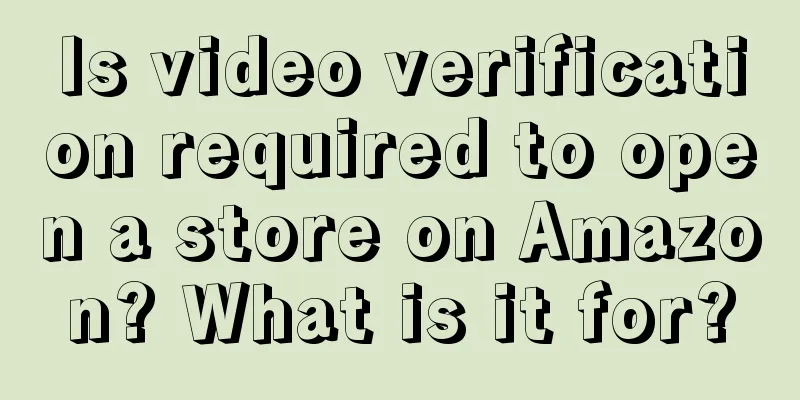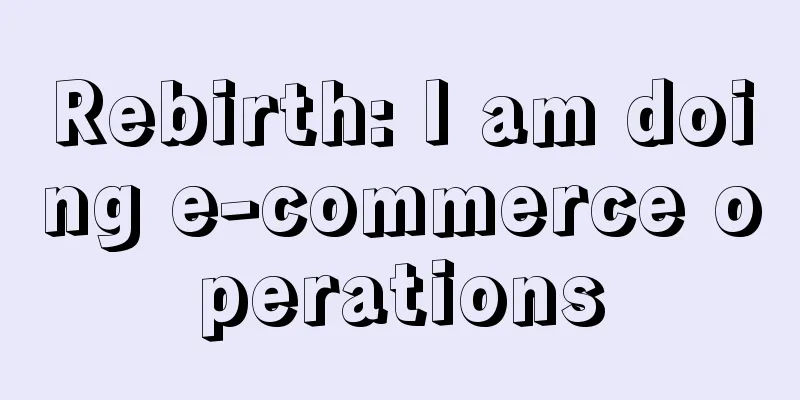Sell out the brand

01Anyone who has a little knowledge of brand marketing knows the importance of selling points, but why are many products still not selling when they are shown on brand brochures, in long Taobao introduction pictures, on Douyin live broadcasts, or when recommended by store clerks? For example, the beef sellers have top-quality beef imported from Australia, which will leave you with an unforgettable aftertaste; the xx super smart speaker has 138 black technologies and has won the top industrial design awards in Germany and the United States; the XXX thermos cup has triple insulation technology to lock in the temperature and solidify the heat. Are selling points important? Of course they are important, but why can't these selling points sell goods? Because consumers don't trust them after seeing them: If you want consumers to trust your product, you must first let them trust your copy. Trust can lead to purchases. 02Let's take the thermos cup copy as an example: triple insulation technology, locks in temperature, and solidifies heat. When a consumer hears or sees this copy, what will she think? What is the consumer's first reaction? The consumer will wonder what the triple insulation technology is? How long can the temperature be locked? And most importantly, why should I believe what you say? Consumers are very defensive about advertising, and it is difficult to convince them in a short period of time that your selling point is real and not a trick. If you cannot remove consumers' defensiveness, you cannot truly build trust. 03Many people hope to attract consumers by writing a few words, but this is actually an unrealistic fantasy. A good copywriting requires you to use enough content to "prove" it. Even a new product launched by Huawei needs to use a lot of space on the official website to show various technologies and parameters, and even use real photos to prove the photo effect. The same is true for Apple. It is not the phrase "big and different" that drives all purchases. Users will not easily trust any advertising copy. Users are psychologically wary of any advertising copy. We need to change our advertising mindset and have "empathy and customer perspective" to tell ourselves that what we write is not "advertisement" but "fact". For example, for a thermos cup, you first say: Pour a cup of water into it in the morning, and it will still be hot after 24 hours. In this way, you are describing a fact you have observed, not writing an advertisement. At this time, if the consumer really needs a thermos cup, the first thing he thinks of is not "questioning" (because you have not given him any promise), but curious about how you can "still be hot after 24 hours", and then follow your guidance to read step by step. 04Only when you tell consumers a series of facts and make these facts rise to the level of emotion, can your brand sell out. Next, I will share with you four ways to sell out your brand:
05The first method: reveal the secret. The best-selling book "Contagious" introduces a case: In 2001, New York City was full of bars. If you were a newcomer, how would you stand out in the fierce competition? Brian Shaporo's answer was: create a secret. He hid the only entrance and exit of his bar in an old telephone booth from the 1830s - yes, if you didn't know the inside story, you couldn't even find the door. But this is precisely the secret of successful marketing. People are always curious about forbidden and secret things. That is why once many movies are listed as "banned films", more people will try every means to find them out and watch them. It's not that people like those bloody and pornographic contents, but because the fact that they are "banned" itself arouses people's strong curiosity. (The president remembers that there was a very popular APP called "Secret") Brian's bar successfully took advantage of this. In a short period of time, the "secret" of a bar hidden behind a phone booth spread throughout New York City. People rushed to explore, which crazily boosted the bar's business. Oh, and the name of Brian's bar is "Please Don't Spread". Because they "strictly prohibit" bar customers from spreading information about the bar - and this is of course intentional. The more it is forbidden, the more people are interested in actively spreading information. 06The second method: provide self-verifiable information. A big reason why advertisements are not trusted is that consumers cannot judge the authenticity of advertisements. After all, this is an era where "greasy" is called "finger-sucking" and "big face" is called "lucky for a husband". If your copy cannot be easily verified, it will easily be regarded as "Wang Po selling melons, bragging about herself". Suppose you want to sell a bottle of shampoo that focuses on "scalp care". You have two ways of expressing the copy. The first way is, xx scalp care shampoo, naturally nourishes the scalp, let the hair bloom with healthy beauty! The second way is, you have washed your hair for so many years, but you rarely wash your scalp! Which copy looks more trustworthy? Obviously the second one. The reason is simple. It is difficult for consumers to judge the authenticity of the first sentence of the copy, which mentions "natural scalp care" and "healthy beauty". But in the second sentence, as long as you recall the experience of washing your hair this morning, you will know that you only washed your hair and did not "take care" of your scalp. Consumers are more likely to trust information that can be easily verified. 07The third method: use lessons learned. We all had this experience when we were young. Whenever we had an argument with our parents, they would easily refute us with some examples from “experienced people”: No appetite? When I was your age, I could eat 4 steamed buns for one meal! Don’t want to find a partner? Look at the son of Mr. Zhang next door, who is 3 years younger than you and has two children! The biggest difference between humans and other animals is that we can learn from experience. Some of the lessons that are generally recognized by everyone are a powerful tool to break through the defense of consumer trust. For example, we have all heard of a copywriting in adult education: If you missed college, don’t miss undergraduate studies again. The people they target are those who only have a high school diploma and have repeatedly failed to find a job. In the copywriting, use the tone of a "veteran" to express your personal experience - yes, I didn't study hard at that time and missed college. I can't miss the opportunity to take the self-taught undergraduate exam while I'm still young! If your copywriting evokes the lessons learned by everyone, then consumers will naturally not "question" you, but follow your pace and read on. 08The fourth method: leading by example. In the book "Influence", the author points out the six major weapons for generating influence, one of which is: social identity. "When we make choices, we often refer to other people's opinions." Yes, although we always think we are rational, we will easily "follow the crowd" when it comes to an unknown thing. This is especially true when the cases we see are extremely representative. In fact, not only humans, but many creatures have a "fixed behavior pattern" - follow the leader. So you will see news from time to time about "goats collectively jumping off a cliff" to commit suicide. It's not because they have low IQs, but because the leader sheep accidentally fell down, and the other sheep followed suit. Such cases of "collective suicide in cult organizations" have also occurred in human society. When you see people similar to you doing the same thing, it is difficult for you to maintain your rational thinking. 09Consumers are naturally resistant to advertisements, and the biggest difference between good copywriting and bad copywriting is that good copywriting can effectively bypass consumers' psychological defenses and guide them to read on step by step. For consumers, the first impression is very important. If the first sentence is unbelievable, then no matter how many words you write next, it will be a waste of time. 10Remember, only with consumer trust can there be final purchase! Author: Liu Yichun; Editors: Zhong Mingyue, Li Mingyao Source: WeChat public account "Liu Yichun's Brand Business Innovation (ID: shangyeyiguohui)" |
<<: Perfect Diary, which is not even used by primary school students, can we play it again?
>>: Overseas KOL Marketing Guide: How to Promote New Products in Overseas Markets?
Recommend
What sites does eBay have? Which eBay site is good for business?
As a member of the cross-border e-commerce platfor...
How much does it cost to ship from the United States to China? What are the fees?
Nowadays, it is very convenient to buy any goods y...
How to do content marketing on an independent website? What are the techniques?
In the cross-border e-commerce industry, the indep...
Among the top 10 popular monetization projects on Tik Tok, which one is right for you?
This article shares 10 of the most common short vi...
Hema no longer wants to be the Chinese version of Sam's Club
In recent years, Hema has been continuously explor...
Children's Day blessings, tell adults
Children's Day marketing is no longer exclusiv...
Recognizing user value and transactions
Introduction: The title of this article is concise...
How much does it cost to build an independent website? How much does it cost?
An independent website is an independent website w...
How does Amazon charge a collection fee? Fee Standards
As an e-commerce platform, Amazon charges a certai...
The method to improve private domain lies in "looking, listening, asking and feeling"
The author of this article uses the method of &quo...
Amazon launches first writable Kindle
Amazon announced that it will launch a new Kindle ...
The Internet is full of "eye-catching" "AI photos"
From revealing AI beauties to suggestive AI handso...
What to do with Amazon holiday settings? How to set them?
Now many friends will open stores on Amazon, but e...
Is it easy to sell children's clothing on Amazon? How to find the source of goods?
Many people who do e-commerce are no longer sellin...
Can Russian shopping websites ship directly to China? Which website should I use?
If we want to buy overseas products, we can buy th...









